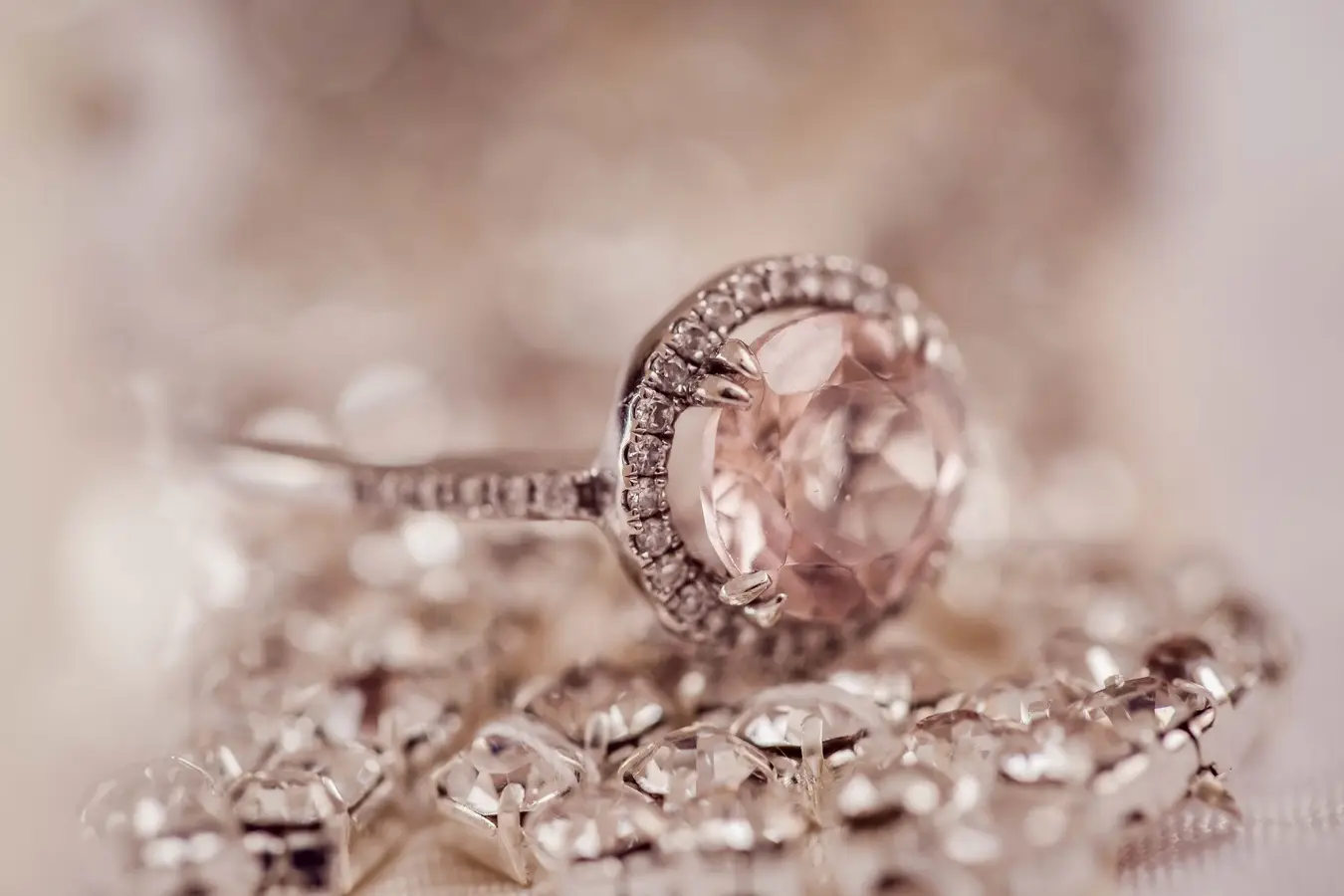The allure of diamonds extends far beyond their exquisite beauty—they symbolize eternal love, commitment, and luxury. However, behind the shimmer and sparkle lies a complex journey that often involves ethical considerations, especially when it comes to conflict-free diamonds.
Conflict diamonds, also known as blood diamonds, are mined in war zones and sold to finance armed conflict, civil wars, or other human rights abuses. The exploitation and suffering associated with these diamonds have brought to light the importance of ethical sourcing in the diamond industry.
The journey toward conflict-free diamonds begins at the source—diamond mines. Many responsible jewelry companies have taken proactive steps to ensure their diamonds are ethically sourced. The Kimberley Process Certification Scheme, implemented in 2003, aims to prevent the trade of conflict diamonds by certifying rough diamonds as conflict-free.
However, critics argue that the Kimberley Process has limitations, citing loopholes and instances where diamonds from conflict zones still make their way into the market through illegal channels. This has led to increased scrutiny and calls for more stringent measures in the industry.
To combat these challenges, some jewelry brands have gone beyond the Kimberley Process and implemented additional ethical sourcing practices. They forge partnerships with mines that adhere to strict labor standards, environmental regulations, and community development initiatives.
Ethical sourcing involves tracing the diamond’s journey from mine to market, ensuring transparency at every step. This includes supporting initiatives that empower local communities, provide fair wages, and prioritize the welfare of miners and their families.
Moreover, ethical brands often source their diamonds from regions with a reputation for responsible mining practices. These diamonds are not only conflict-free but also come with certifications that guarantee their ethical origin, assuring consumers of their commitment to sustainability and ethical values.
The demand for ethically sourced diamonds is on the rise, with consumers becoming more conscientious about the impact of their purchases. This shift in consumer behavior has prompted jewelry companies to prioritize transparency and ethical practices, catering to a growing market of socially conscious buyers.
In conclusion, the journey toward conflict-free diamonds represents a significant step in reshaping the diamond industry. While challenges persist, the increasing emphasis on ethical sourcing signifies a positive shift toward a more responsible and sustainable future for the diamond trade.
As consumers, our choices hold power. By supporting jewelry brands that prioritize ethical sourcing and transparency, we contribute to a more ethical and humane diamond industry—one that celebrates beauty without compromising on ethical values.


0 Comments